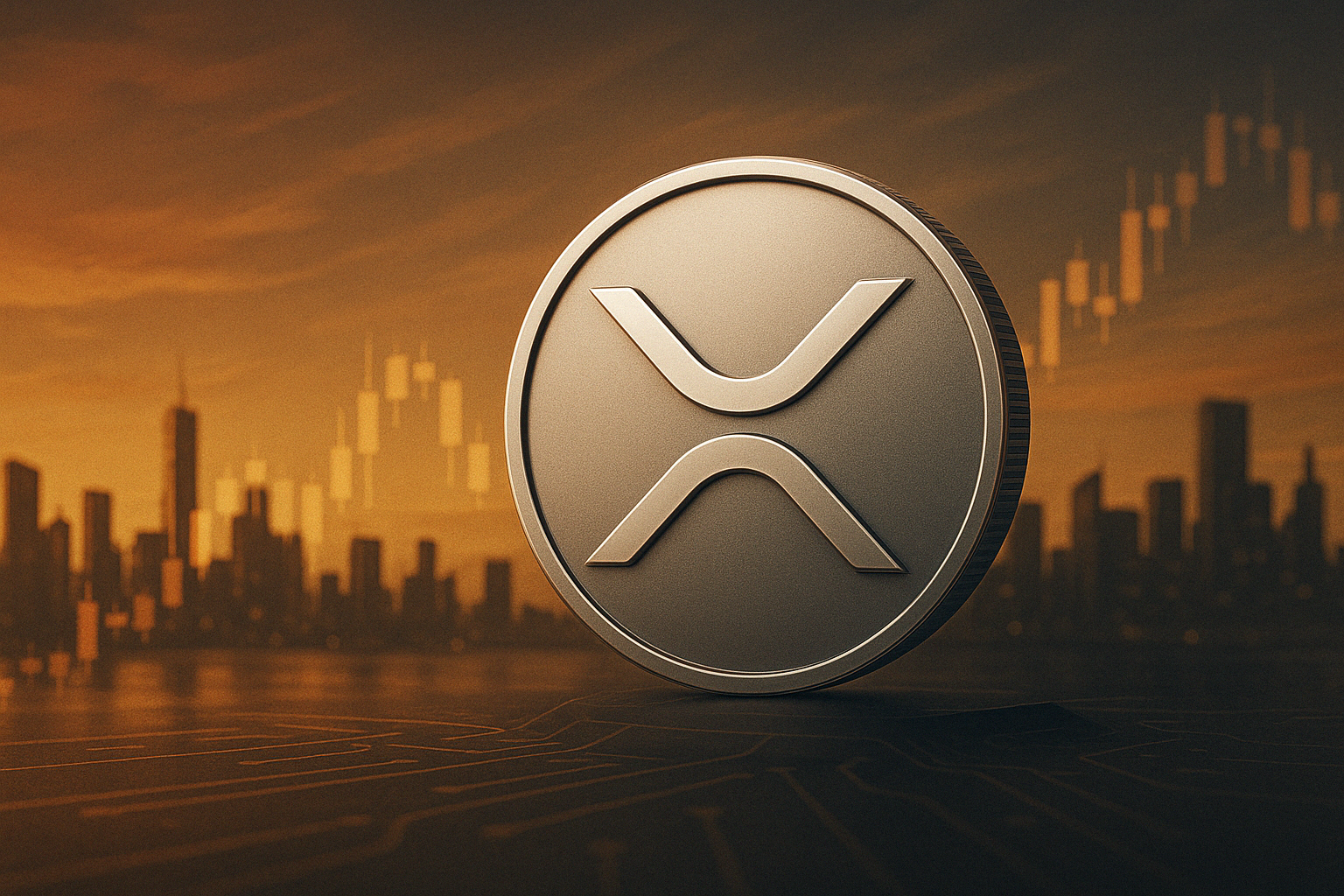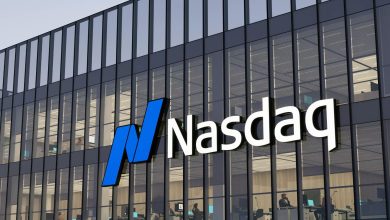Ripple Advances Institutional DeFi With XRPL Lending And ZKP Privacy


Ripple has introduced the next phase of its institutional DeFi roadmap, underscoring XRP Ledger’s (XRPL) growing importance as a settlement layer for regulated finance. Over the last year, XRPL reached the Top 10 chains for real-world assets, processed its first $1B+ month in stablecoin volume, and reinforced its role as a trusted infrastructure for both crypto-native firms and financial institutions.
The roadmap update demonstrates XRPL’s evolution beyond pilot projects into a robust platform underpinning billion-dollar volumes. Its institutional positioning now focuses on two key markets: stablecoin payments and collateral management, enabled by tokenization standards and compliance features.
Ripple noted that this stage of development balances innovation, compliance, and scalability, ensuring that institutional adoption can continue without compromising regulatory or operational needs.
Investor Takeaway
What New Features Have Gone Live?
Several critical features have already been implemented to enhance XRPL’s enterprise readiness. These include Credentials, linked to decentralized identifiers (DIDs), allowing trusted issuers to attest to . Deep Freeze enables issuers to halt transfers from flagged accounts, vital for stablecoin issuers meeting sanctions requirements. Meanwhile, Simulate provides developers with the ability to “dry run” transactions, ensuring reliability before committing them to the network.
XRPL’s core infrastructure has also advanced through major releases. Version 2.5.0 introduced features like Batch Transactions, Permissioned DEX, and Token Escrow for conditional settlements, while Version 2.6.0 delivered improved visibility for Multi-Purpose Tokens (MPTs) and enhanced transaction streams. These iterations emphasize a rapid development cycle matched to institutional demands.
Together, these features give institutions greater confidence in XRPL’s compliance and operational reliability, reinforcing its suitability for tokenized finance, stablecoin issuance, and regulated market participation.
Investor Takeaway
How Will The Native Lending Protocol Work?
A headline milestone in the roadmap is the introduction of a native lending protocol, scheduled with XRPL Version 3.0.0. Defined in the XLS-65/66 specifications, this protocol introduces pooled lending and underwritten credit at the ledger level. Liquidity is aggregated through Single-Asset Vaults, while lending contracts enable fixed-term, uncollateralized loans with repayment schedules tracked directly on-ledger.
The system automates the loan lifecycle — issuance, repayment, reconciliation — and integrates optional first-loss capital protection. While collateral itself is managed off-chain through regulated custodians, the on-ledger structure ensures transparency, efficiency, and auditability, all backed by XRPL’s low-cost and high-speed settlement.
For institutions, this feature provides access to low-cost capital within compliance frameworks, while lenders gain yield opportunities. It represents a major step toward standards.
Investor Takeaway
What Role Will Zero-Knowledge Proofs Play?
The roadmap also highlights the integration of zero-knowledge proofs (ZKPs) to bring privacy with accountability. Confidential Multi-Purpose Tokens (MPTs), scheduled for Q1 2026, will enable institutions to manage tokenized collateral privately while still . This innovation supports use cases such as privacy-preserving KYC, proof-of-reserves, and confidential lending structures.
ZKPs allow validation of information without exposing sensitive data, striking a balance between institutional confidentiality and compliance requirements. By reducing reliance on intermediaries, these cryptographic proofs also enhance interoperability and scalability across financial networks.
This move represents Ripple’s effort to ensure XRPL remains attractive for high-value institutional markets, where both transparency and privacy are essential to adoption.
Investor Takeaway
What’s Next For XRPL And Institutional DeFi?
Looking ahead, Ripple envisions a fully integrated DeFi ecosystem on XRPL that combines stablecoins, RWAs, lending, and compliance into cohesive markets. The immediate call for participants is for Block confirmers to upgrade to version 3.0.0, while developers are encouraged to test Vaults and Lending Protocol features on devnet.
With stablecoin FX, collateralized lending, and tokenized assets soon to be serviced natively at the protocol level, XRPL is positioning itself as a complete . This north star remains unchanged: a blockchain that is simple, secure, and compliant, capable of serving high-value markets with confidence.
As institutional adoption accelerates, Ripple’s roadmap sets the stage for the next decade of tokenized finance, built directly on the XRPL foundation.
Investor Takeaway







